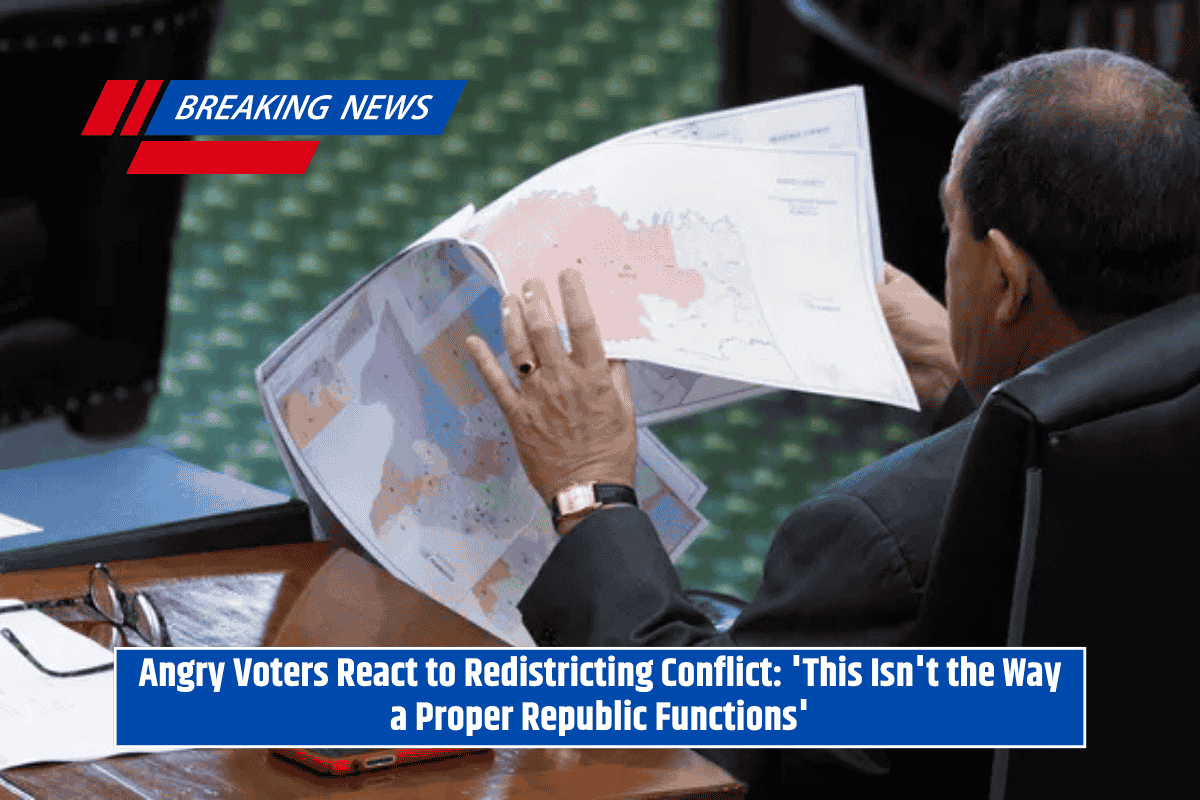From Texas to California, lawmakers are engaging in an escalating redistricting war, with both parties redrawing district maps to secure a partisan advantage in the upcoming midterm elections.
The shift has sparked outrage among voters, with longtime districts being manipulated, creating new challenges for residents’ representation.
Texas Redistricting: A Push to Secure Republican Seats
In Texas, Republicans are pushing forward with redrawn congressional district maps that could turn Austin’s District 35, held by progressive lawmaker Greg Casar, into a Republican stronghold.
The effort is seen as a strategic move to give the GOP a better chance in the midterms, potentially adding five more Republican-friendly seats in the U.S. House of Representatives.
Despite backlash, including a two-week walkout by state Democratic lawmakers to delay the bill, the new maps have passed both the Texas House and Senate and await Governor Greg Abbott’s signature.
Critics argue that the redistricting undermines voters’ rights and representation, particularly in Austin, which could see its voice diluted by shifts in district boundaries.
California’s Response: Democrats Draw Maps to Turn Republican Seats Blue
In retaliation, California Governor Gavin Newsom has initiated a plan to redraw maps in his state to convert five Republican districts into Democratic-leaning ones.
The redistricting proposal would affect long-standing Republican-held districts, such as U.S. Rep. Ken Calvert’s district, and aims to counter the GOP’s push in Texas.
Though Newsom justifies the move as a necessary response to the political climate, critics argue it’s an effort to gain partisan leverage at the expense of fair representation.
California’s redistricting, governed by an independent commission, has raised questions about the legality of mid-decade redistricting and whether it’s a fair practice.
The National Trend: States Like Indiana, Ohio, and Others Join the Fray
Other states, including Indiana, Ohio, and Florida, are not far behind in making redistricting moves. In Indiana, concerns over redrawn districts and gerrymandering have surfaced, especially as Trump-led initiatives push for district adjustments.
Ohio, meanwhile, faces a unique situation after voters approved an amendment requiring bipartisan approval for district maps, leading to disputes over the legitimacy of mid-decade redistricting.
Voter Discontent: A Growing Sense of Disillusionment
For many voters, the ongoing redistricting process feels like a political power play rather than a genuine effort to serve the public. Residents of districts like Texas’ 35th and Ohio’s 1st are expressing frustration, with some accusing politicians of putting party interests over the needs of their constituents.
In Texas, some voters feel their long-standing local identity and issues, such as healthcare and education, are being sidelined in favor of partisan maneuvering. Austin resident Steve Hochschild called it a “downbound train,” saying the redistricting only further disenfranchises voters.
The Impact on Midterm Elections
With redistricting set to reshape congressional representation across the country, both parties are fighting to secure an edge in the 2024 midterm elections. The question remains: how will this political warfare influence voter engagement and trust in the electoral system?
For many, this battle over district boundaries is not just about political strategy—it’s about ensuring that every vote counts and every voice is heard.
